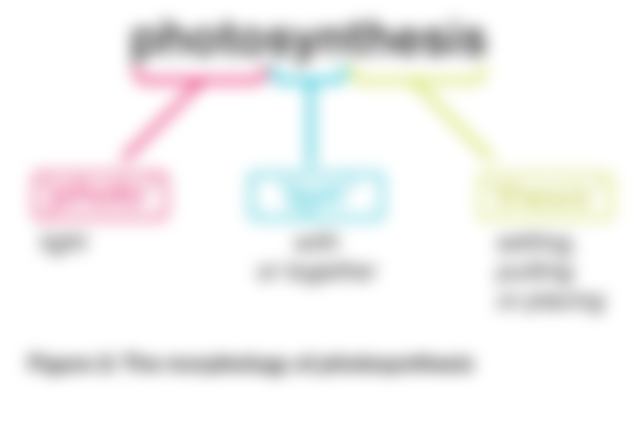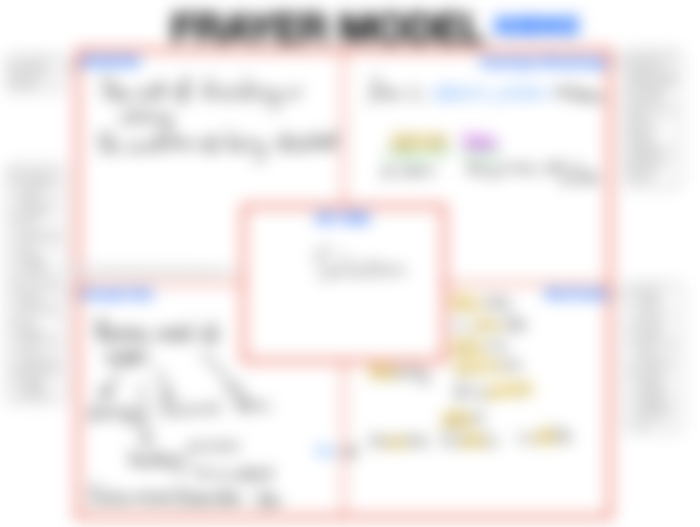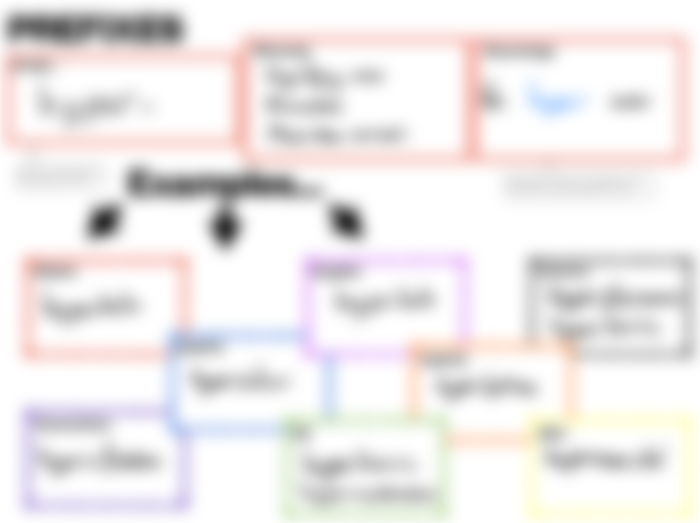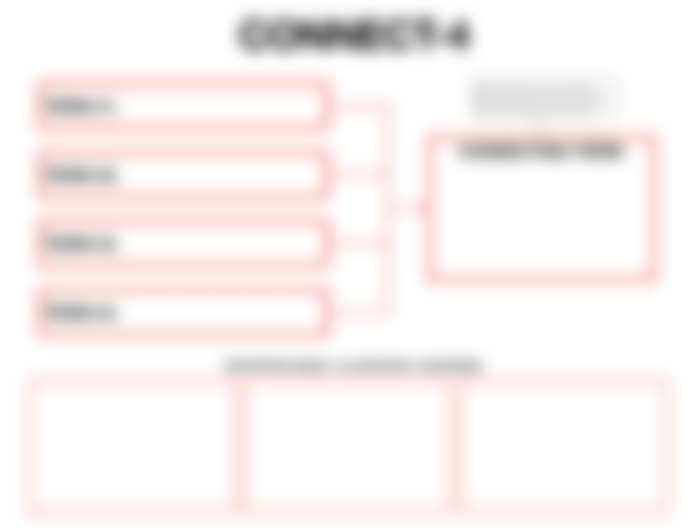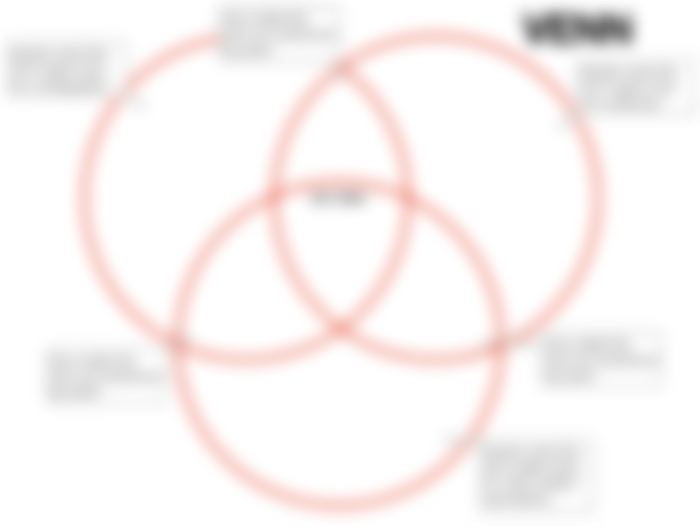Disciplinary Literacy #4/6
Strategies
Over the first 3 blog posts in this series, I have tried to lay out the exigent case for disciplinary literacy and explain our contextual decision to focus of disciplinary vocabulary. Now, I would like to look at some of the strategies to teach vocabulary that we have explored. This is not an exhaustive list of strategies by any means, but should give the reader a flavour of approaches they may take if exploring explicit and direct instruction of disciplinary vocabulary.
(On pages 11 and 12 of the EEF Guidance Report: Improving Literacy in Secondary Schools, one will find several strategies to investigate.)
Subjects like Maths and Science have a significant proportion of disciplinary vocabulary that has ancient Greek and Latin origins (perhaps as high as 90%). This is challenging to students but also offers and opportunity to explore common word roots, prefixes and suffixes. Vocabulary instruction could be based on the etymology (the study of the origin of words) and morphology (the study of the structure and parts of words) in order to aid student understanding and memory of new vocabulary.

This etymological and morphological exploration could be combined with some form of graphic organiser. Frayer models offer one way to do this. At Mounts Bay we have used Frayer model templates and adapted them in (hopefully) intelligent ways to suit different subject areas.

Above is a more generic Frayer model template (there are many more examples online) and below is a template adapted for Science lessons, including an exploration of the etymology and morphology. This is followed by an example from a Yr 7 Science lesson exploring the word solution.


We have also used other templates to help students explore common prefixes and suffixes they might encounter across different subject areas.

Other graphic organisers can be used that might be more appropriate in other disciplinary contexts. For example, in Art they have explored using ‘word clouds’ to look at key vocabulary linked to the central theme of a lesson or sequence of lessons.

The use of regular, low stakes assessment of vocabulary seems to be another promising way to provide targeted instruction of academic language. There is evidence that pre-testing of key vocabulary improves the performance of students during and after the teaching of a topic involving that language. There are many methods of delivering such assessment, Quizziz and Kahoot! Are two examples employed at Mounts Bay.
For lesson starter activities, designed to introduce key vocabulary, we have tried a Wordle style game (https://mywordle.strivemath.com) , Connect 4, Image connection and Venn diagrams (see examples below).



All of the strategies above are underpinned by practitioners using the SEEC model. Select, Explain, Explore, Consolidate. The careful selection of disciplinary vocabulary is very important. There is simply not enough curriculum time to devote to the explicit instruction of all the academic language a student will encounter in the depth that we might like. So we must choose that keystone vocabulary to teach in such a way. The explanation and exploration of the selected vocabulary could involve any of the strategies seen above (and more). The consolidation of academic language, again,, needs careful planning and preparation. A really helpful section from page 13 of the EEF Guidance Report on Improving Secondary Literacy could be of use here:

All of the above has been my attempt to share with the reader some of the ways that we have explored the explicit and direct instruction of academic and disciplinary vocabulary at Mounts Bay. As stated, this is in no way an exhaustive list of strategies, many more examples, versions and ideas can be found online or in books like “Closing the Vocabulary Gap” by Alex Quigley.
In my next post, I will describe how we have implemented these strategies.
“Without implementation, vision is hallucination”.
